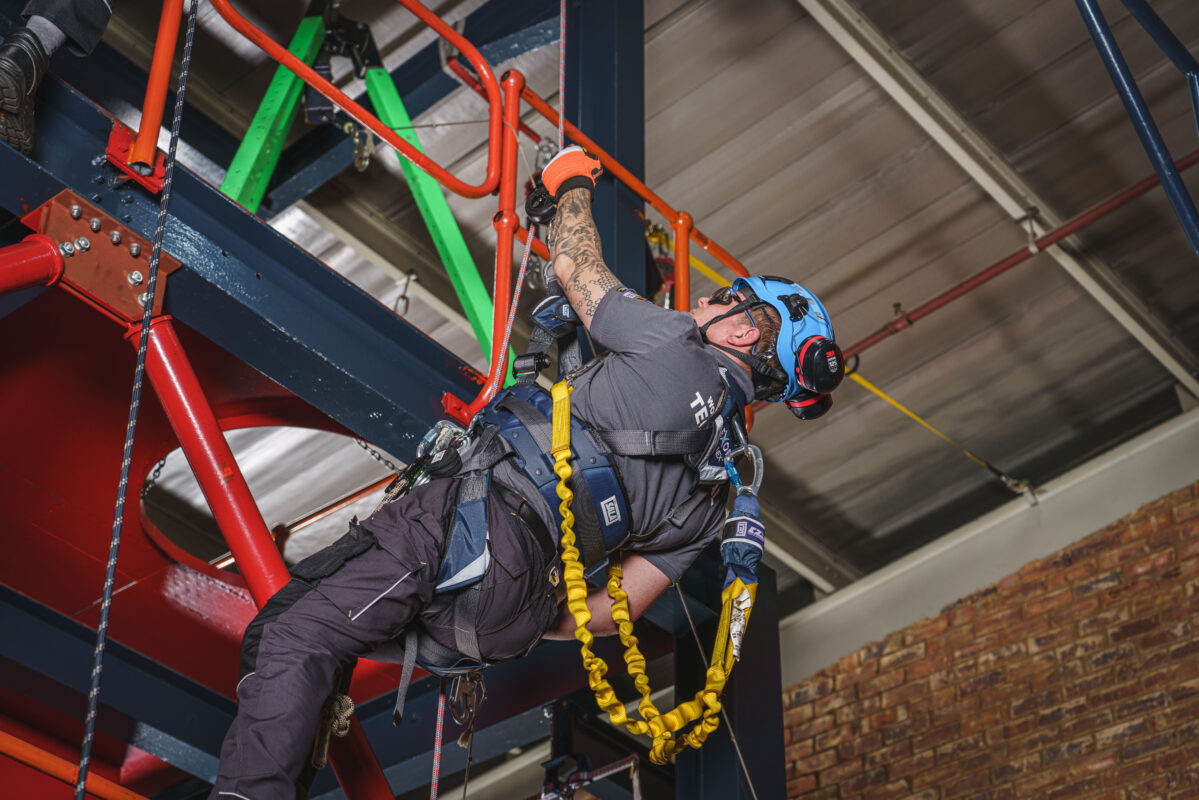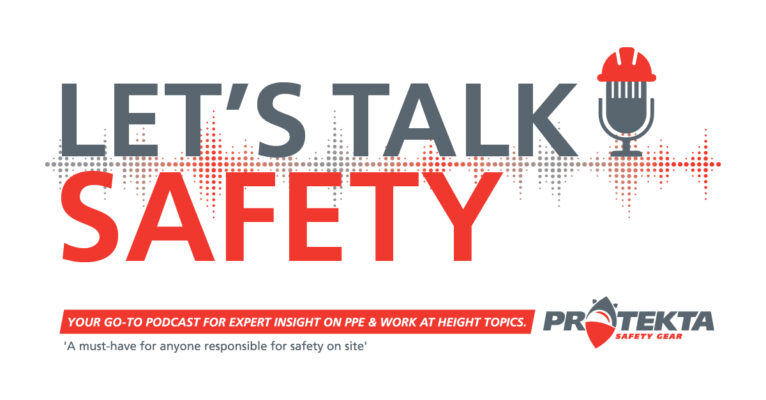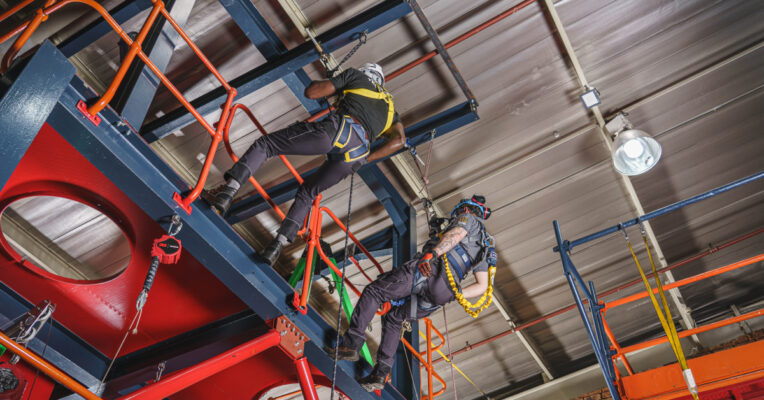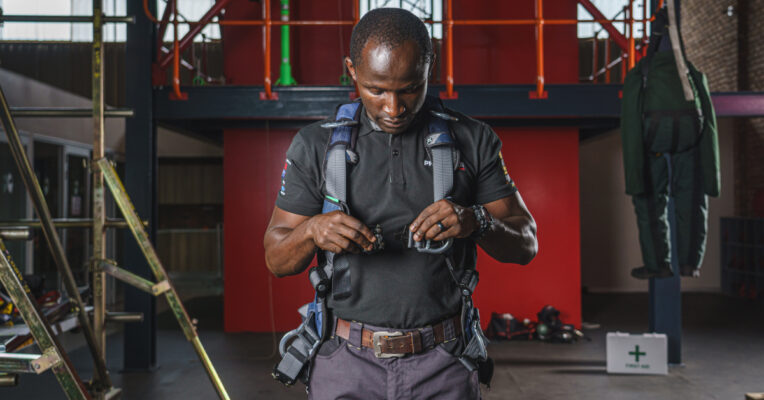Fall Protection, Training, Work at Heights
Understanding Working at Heights Training in South Africa: Duration, Training Content, and Height Requirements
Working at heights in South Africa is a critical safety concern that necessitates rigorous training and strict adherence to regulations. This article explores the duration of training, the content covered, and the considerations for height requirements related to working at elevated positions.
How long does Working at Heights Training last for in South Africa?
SAQA (Unit standard training) certification can NOT expire. To put it into perspective, if you have a Matric certificate – did you have to do it again after 5 years? No. And the same principle applies with work at heights training.
The issue surrounding this topic though is that a person could work at heights this year, skip a couple of years and then do a job at heights again 4 years later. Is that person competent to work at height- maybe. Are they ‘current’ – not at all.
At Protekta Safety Gear, we work with the IWH to issue competent learners a ‘license’ which is linked to a designation for working at heights. The license is linked to a unit standard. A license, just like a drivers license, has an expiry date to ensure the person is current. Ie. When you renew your license you need to redo an eye test in case your eyes no longer function properly vs 5 years ago (your vision is no longer current and may need spectacles to function appropriately). There may also have been adjustments to Legislation and Best practices since the learner was last deemed competent which must be discussed and conveyed during the ‘recertification/refresher’. This occurs at a maximum of 3 years from competence.
It is recommended that the recertification/refresher training mentioned above should also include a new component of learning i.e CPD, (Continued Professional Development points tracked through IWH) which ensures the improvement of the learners knowledge and understanding of Fall Protection.
Working at heights is considered an integral aspect of occupational safety, requiring ongoing vigilance and compliance with the latest safety protocols for the duration of any project that involves elevated work.
Book Work at Heights TrainingWhat does Working at Heights Training consist of?
Training for working at heights in South Africa adopts a comprehensive approach that covers:
- The ABCDs of Fall Protection: This encompasses Anchor points for secure connections, Body support via harnesses, Connectors like lanyards and lifelines, and plans for Descent and rescue in emergency situations.
- Continuous education and training: Emphasizing the importance of staying updated with new safety standards and technological advancements. It is also important to be trained to the correct safety standard in South Africa.
- Practical experience: Essential hands-on training through simulations and site-specific evaluations is crucial for preparing workers for real-life scenarios.
What is the Height for Working at Heights?
While the specific height that defines ‘working at heights’ is not universally set, the focus on fall protection measures such as anchor points, body support, and rescue plans suggests that any work performed at elevations with potential fall risks requires comprehensive safety measures. This typically refers to work above ground level where there is a risk of falling.
Planning to work at height? Read this article on mitigating risks when Working at Heights.
Have any questions about work at height training for workers or managers? Contact us on +27 11 453 7374 or Book your WAH training online.





